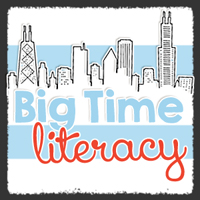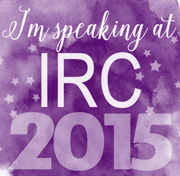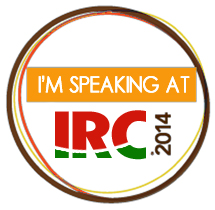But first, something I loved, something I'm taking to heart. (I'm practicing the strategy!)
I really appreciate the teacher researchers, Kyleen Beers and Bob Probst who came up with this strategy and are sharing it with all of us in their new book for a multitude of reasons, but first because they are vulnerable and funny, and it's so refreshing. As they began to share the story of how their BHH framework came to be, they talked about the first instances when they tried - and failed - at it with students. On page 62, they shared how their first lessons went with kids, and how they didn't work.
This was so refreshing to me because it's so teaching. You have this idea, and you want to experiment. You try it out with kids and it totally flops - we've all been there. It takes weeks and months and years to refine our craft, and so it's so nice for me to see that I'm just like them in trying new things out and seeing them fail sometimes. And I'm especially engaged by their writing, as it comes with words from the mouths of babes - responses to their first attempts at sharing these lessons with students:
Will you be here all week? one student inquired.
Is this for a grade? another asked.I love the vulnerability they show, which translates to me, a teacher thinking, "Hey, Michelle, it's okay to try new things even if they fail. That's how we get to greatness..."
And now that I've shared my heart, we can get on to the framework!
BHH is Book, Head, Heart.
You share with kids that good readers consider what's in the book, this work coming from many teacher researchers, but my faves to the likes of Fountas and Pinnell and Kelly Gallagher:
Next, you teach students to think about what's in their head, this work coming from Lousie Rosenblatt, Nancie Atwell, and Donald Graves:
- What surprised me?
- What does the author thinking I already know?
- What changed, challenged, or confirmed my thinking?
- What did I notice?
Finally, you add a third component, my favorite part! Penny Kittle, Georgia Heard and others help us look at what's in your heart:
- What did I learn about me?
- How will this help me to be better?
- What life lessons did I learn?
- What did I take to heart?
- How did it make me feel?
So part two of the book includes a few chapters that call up past work that led Beers & Probst here, strategies that fit with BHH, samples of student conversations from first, fourth, eighth, and college freshmen, a sample for you to try out on your own with a poem, misconceptions that were revealed as they did the work with students, examples of anchor charts, funny anecdotes... definitely enough to cause me to think about how I can try this out...and I did, yesterday!
The more I read from this book, the more I continue to feel that it's a great framework for helping students think through text, thinking that includes their own feelings and thinking that can make them more compassionate people, which will lead us to create even better citizens.
Do you have a copy of the book yet? If not, I have a book to give away! If you'd like to be considered for the give away, leave a comment with your thoughts and ideas about this framework, or a response to one of my favorite questions from this part of the book:
Do you think its important for students to think about how a text is changing them? Do you share with students how reading changes you?
Leave your thoughts, let's keep the conversation going!

























